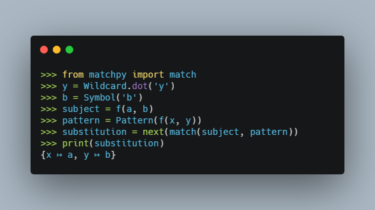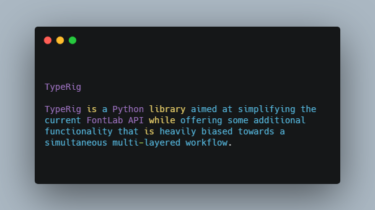MIKE IO: input/output of MIKE files in python
MIKE IO: input/output of MIKE files in python Read, write and manipulate dfs0, dfs1, dfs2, dfs3, dfsu and mesh files. Facilitates common data processing workflows for MIKE files. For res1d and xns11 files use the related package MIKE IO 1D Requirements Windows or Linux operating system Python x64 3.6, 3.7,3.8 or 3.9 (Windows) VC++ redistributables (already installed if you have MIKE) More info about dependencies Where can I get help? Installation From PyPI: pip install mikeio Or development version (main […]
Read more








